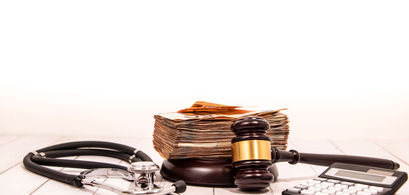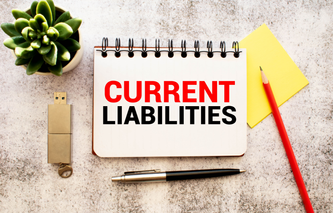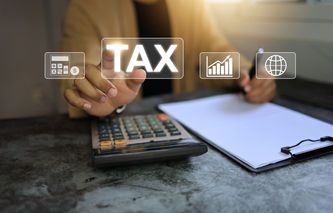Definition
The financial accounting term determinable current liabilities refers to near-term debt obligations that can be precisely measured. To qualify as a determinable current liability, the debt obligation is reasonably expected to come due in a single operating cycle or one year. There must also be certainty about the existence of the obligation, as well as the amount owed.
Explanation
Current liabilities are defined as debts that must be paid within one year or one operating cycle, whichever is longer. The amount shown on a company's balance sheet is the full maturity value. Also known as definitely determinable liabilities, this debt obligation must pass two tests to qualify for this classification:
The obligation is known to exist. There is no doubt the amount is owed to another entity.
The amount owed is quantifiable. The obligation can be measured precisely.
Examples of determinable current liabilities include:
Accounts Payable: also known as trade accounts payable, this includes money owed others for goods and services rendered but not yet paid.
Notes Payable: includes the current portion of long-term debt, trade notes, and short term loans. Notes payable are obligations associated with some form of written promissory note.
Dividends Payable: the amount owed to shareholders following the authorization by the company's board of directors.
Taxes: includes sales, Social Security, as well as other payroll deductions collected by the company but not yet paid to the government agency.
Accrued Liabilities: unpaid expenses resulting from a prior contractual agreement with another party. Includes property taxes, payroll taxes, wages payable, and compensated absences.
Unearned Revenues: money collected from customers for goods or services to be rendered in the future. Examples include the advanced payment for a subscription (newspaper, magazine) in addition to gift certificates issued but not yet redeemed.
In addition to definitely determinable liabilities, a company can also have contingent liabilities. This second classification includes debt obligations that depend on one or more future events to confirm the amount owed such as litigation claims, pending assessments, warranty and guarantee losses, as well as coupons offered to customers.





